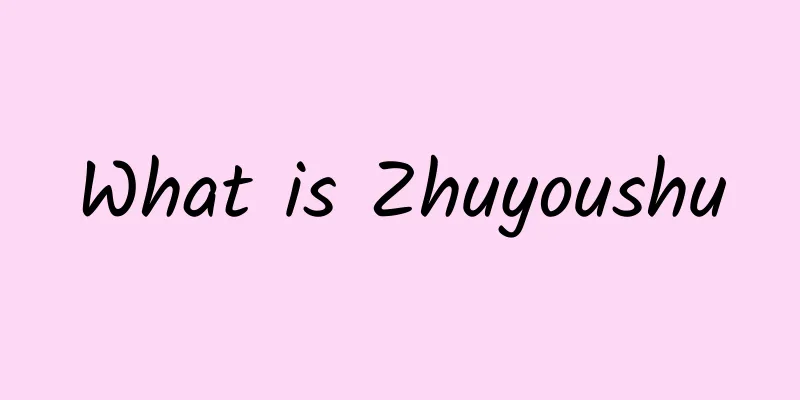Treatment for Hashimoto's thyroiditis

|
I believe many of my friends have heard of thyroiditis. The cause of this disease is mostly due to a lack of iodine or an excess of iodine in the patient's body. As for Hashimoto's thyroiditis, many friends don't know much about the cause of this disease. In fact, this disease is a type of thyroiditis. So for this disease, many friends don't know how to treat it, so let us take a detailed look at how to treat Hashimoto's thyroiditis. Hashimoto's thyroiditis is a chronic disease of abnormal thyroid structure and function caused by autoimmune dysfunction, which causes the body's defense system to be unable to correctly identify its own thyroid tissue and launches an erroneous attack on it. It is called Hashimoto's thyroiditis (HT) because it is named after the Japanese medical professor Hashimoto who first reported the disease. 1. Non-surgical treatment (1) Thyroxine treatment: When the thyroid gland is significantly enlarged or accompanied by hypothyroidism, thyroxine treatment can be given. L-T4 or thyroid powder (tablets) can be used. Generally, it starts with a low dose, 40-60 mg/d of thyroxine tablets, 50-100 μg/d of L-T4, and gradually increases the dose to 120-180 mg/d or 100-200 μg/d, respectively, until the gland begins to shrink and the TSH level drops to normal. After that, the dosage is gradually adjusted according to individual differences, and the dosage is reduced to a maintenance dose based on thyroid function and TSH levels. The course of treatment is generally 1 to 2 years. The medication can be stopped after the goiter improves and thyroid function returns to normal. Generally speaking, the more obvious the thyroid enlargement, the more significant the treatment effect. Some patients may relapse within a few years after stopping medication and can be given thyroxine treatment again. Most CLT patients have a tendency to develop hypothyroidism, so follow-up examinations should be paid attention to, and treatment should be given when hypothyroidism occurs. (2) Antithyroid treatment: Hashimoto's hyperthyroidism should be treated with antithyroid treatment, which can be treated with methimazole (methimazole) or propylthiouracil (PTU), but the dose should be lower than that used to treat Graves' disease, and the medication should not be taken for too long. If it is transient hyperthyroidism (clinical manifestation type), symptomatic treatment can be carried out with only beta-blockers, such as propranolol (Inderal) or metoprolol (Betaloc). According to surveys and research, Hashimoto's thyroiditis mostly occurs in women. We all know that when people suffer from thyroiditis, swelling usually occurs in the neck, but when this happens, the condition is already quite serious. Therefore, it is recommended that people have a physical examination every year to prevent physical illness. Nowadays, the cure rate for Hashimoto's thyroiditis is very high, so patients do not need to worry too much. |
<<: How to treat fire in pregnant women
>>: What to do when pregnant women have internal heat
Recommend
Yelp: Using social marketing to beat traditional review sites
On November 17, 2011, Eastern Time, Yelp submitte...
Is there any benefit from drinking matcha? What are the ingredients of matcha powder?
Matcha powder is green tea that is ground into mi...
Can pregnant women drink pear juice?
Snow pear is a very common fruit in our lives. Be...
How to protect the fetus when prolactin is high
Some women cannot get pregnant due to high secret...
What should girls do if their hair is getting thinner?
Every girl experiences hair loss, which is a prob...
How many follicles does a normal ovary have? The truth is this
There are two basic conditions for a woman to bec...
What is adenoids hypertrophy?
Adenoids, also called pharyngeal tonsils or proli...
Why is the female urine yellow?
The yellow color of girls' urine may be due t...
“Irradiated food” is related to radiation. Is it harmful to the human body if eaten?
Myth: "'Irradiated food' is related ...
Symptoms of kidney deficiency and insufficient qi and blood, women should take a look
Kidney deficiency and insufficient qi and blood a...
What are the reasons for women's rough skin?
Everyone desires to have a face as smooth as snow...
Whose fault is it that I feel itchy the next day after sex?
Sexual life is a matter between men and women, an...
What foods should not be eaten for gynecological diseases
Gynecological diseases are a type of disease that...
Pictures of pregnant women seeing blood soon
When pregnancy reaches the later stages, pregnant...
What to do if a pregnant woman has diarrhea
What should pregnant women do if they have diarrh...









